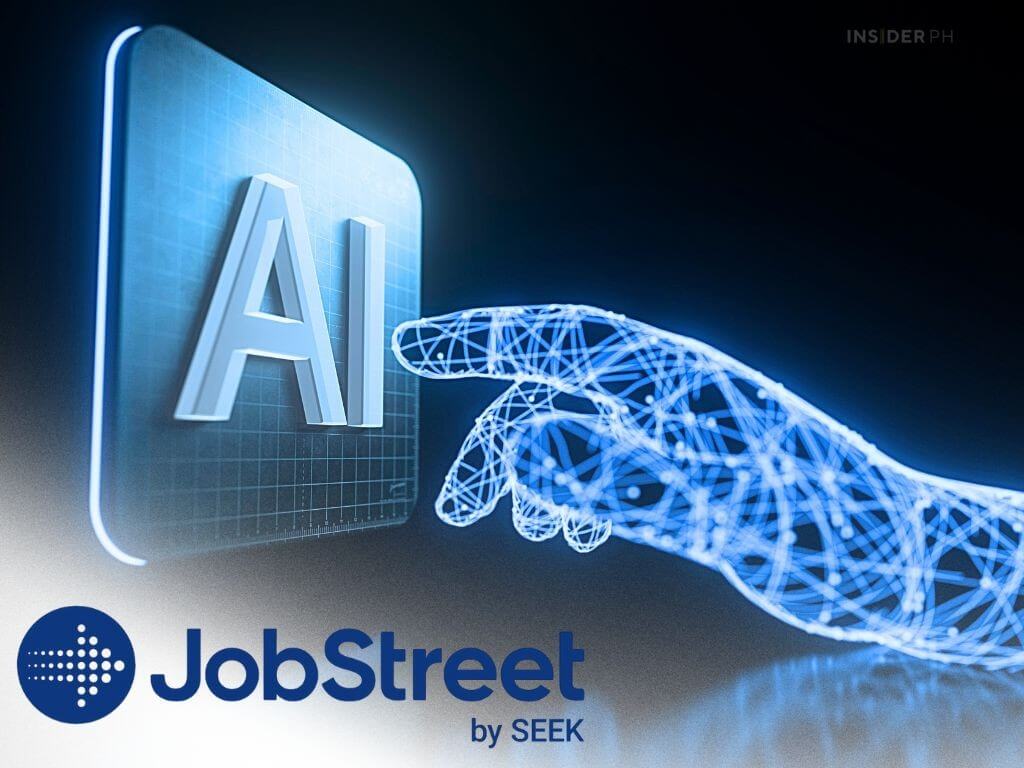

Employers are not only looking at AI skills to future-proof their workforce, they’re also adjusting compensation and benefits to attract and retain talent in a highly competitive market.
By the numbers:
36 percent of businesses consider AI knowledge a crucial factor, treating it as a primary qualification or equal to other credentials.
Employers measure AI know-how by asking technical questions or reviewing work samples and projects.
Some firms are also using AI tools in recruitment itself, from automated screening to candidate assessments.
The context:
The survey, conducted late last year, polled more than 2,000 hiring respondents across industries and company sizes in the Philippines.
What they’re saying:
“Through this signature report, we delved into the outlook of the hiring market, compensation and benefits provided by hirers, with a focus on AI and workplace diversity, equity and inclusion (DEI). We aim to guide our hirers and talent to stay ahead of these changes to better thrive in their business and careers,” said Dannah Majarocon, managing director of Jobstreet by SEEK Philippines.
Compensation trends:
78 percent of businesses implemented salary increases in 2024, mostly within the 1–5 percent range.
Small businesses have made “significant strides” in benchmarking benefits and revising pay structures, narrowing gaps with bigger firms.
Bonuses are now a key retention tool: 53 percent of companies provided performance bonuses, with average payouts rising to about four months’ salary, higher than last year.
Expanded benefits include medical insurance, health checks, and mental health support.
Between the lines:
The report also highlights the Philippines’ leadership in workplace diversity, equity, and inclusion (DEI). About 63 percent of local firms now have DEI initiatives in place, the highest rate in Southeast Asia.
The bottom line:
As AI transforms hiring expectations, Filipino businesses are also raising compensation, bonuses, and benefits to stay competitive — signaling a more skills-driven and employee-centered labor market in 2025. —Ed: Corrie S. Narisma
